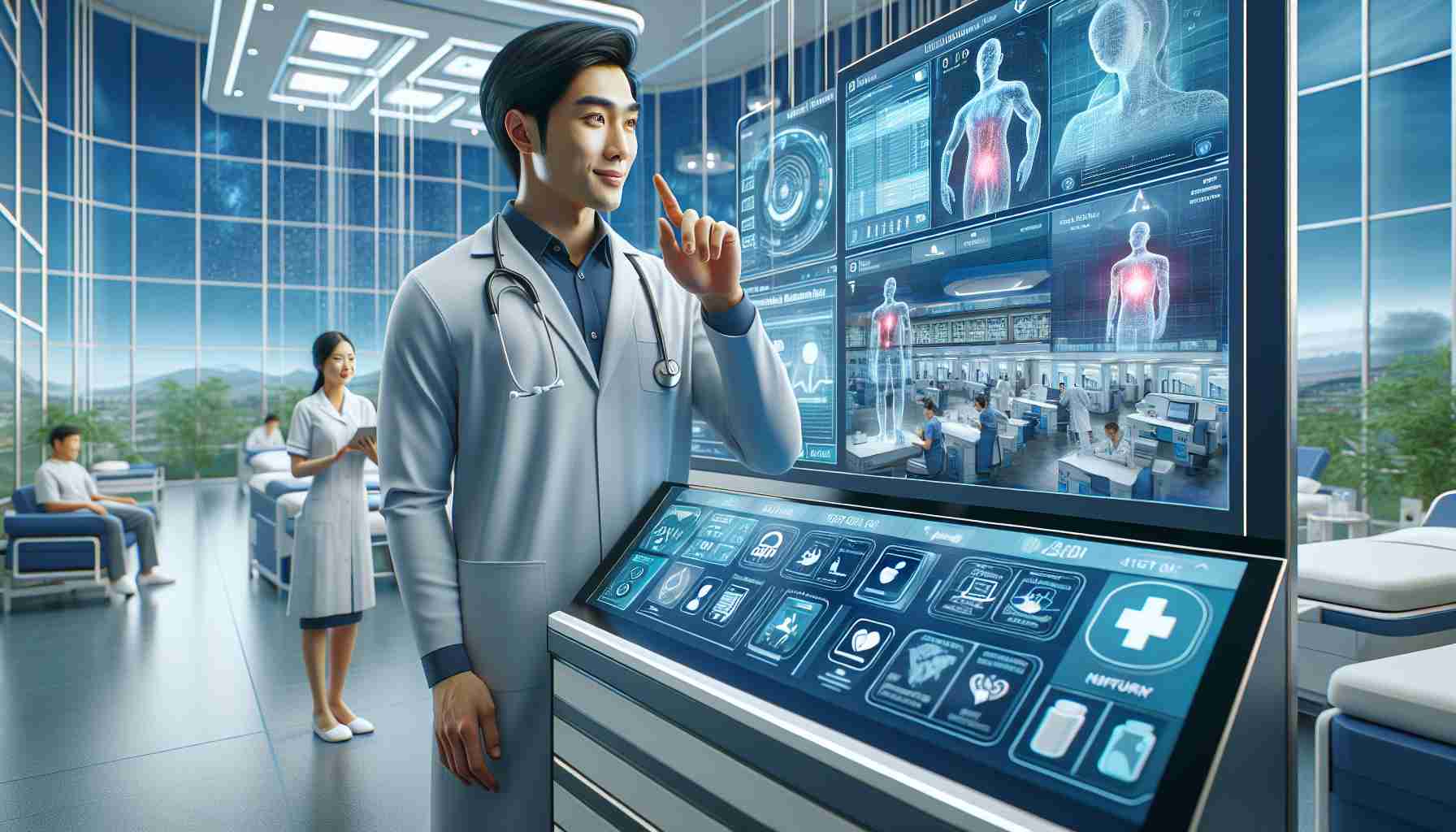Vietnam’s healthcare community has experienced a significant advancement with the integration of modern technology into its medical diagnostics and treatment methods. The application of contemporary technology in healthcare is not a new concept for Vietnam; it has been rapidly updated and utilized to generate breakthroughs in medicine, offering potential benefits for the population at large.
Recently, research groups at leading medical centers in Vietnam have successfully developed and implemented Artificial Intelligence (AI) systems capable of analyzing diagnostic images from MRIs, CT scans, and ultrasounds. This AI technology is revolutionizing the way diseases, including cancer, cardiovascular, and neurological disorders, are detected, categorized, and diagnosed, thereby enhancing the accuracy of medical diagnoses and reducing costs and time associated with medical screenings.
The robust development of AI, in context with the fourth industrial revolution, is actively being harnessed by the healthcare sector. These AI applications not only relieve the workload of doctors in central hospitals but also extend their benefits to physicians in provincial areas and remote regions, ensuring efficient and precise diagnostics.
This innovative technology has been tested and adopted by a multitude of hospitals nationwide, such as Vinmec International Hospital, Hung Vuong Hospital, Cho Ray Hospital, K Hospital, Hospital 199 (Ministry of Public Security), and many other healthcare facilities from central to local levels.
Blockchain technology, relatively new in 2018, is being explored for managing patient records with enhanced security and transparency, simplifying the storage and access to medical information. It’s also used to trace the origins of pharmaceuticals, ensuring drugs originate from reliable and high-quality sources. Blockchain facilitates transparent and accurate data records for distribution and consumption management processes in health units and hospitals.
Furthermore, Blockchain technology interlinks data among different healthcare providers within the same system, allowing doctors to access and compare patient records against the original data stored on their mobile devices. Such integration makes it easier for patients to transfer between facilities without the hassle of carrying physical medical records and serves crucial clinical research and testing.
The technology ensures privacy through unique public and private cryptographic key pairs for each user, allowing personal and medical information to be traced and accessed securely.
Amid the COVID-19 pandemic, telemedicine has become crucial in easing the load on the healthcare systems by enabling remote consultations and diagnoses over the internet. Since 2012, with the implementation of telemedicine projects, healthcare facilities are optimizing the quality of care even in under-resourced areas, like border and island regions, where there’s a scarcity of medical equipment and specialist knowledge—a testament to Vietnam’s commitment to improving healthcare with the aid of modern technology.
Current Market Trends in Vietnam’s Medical Sector:
Vietnam’s medical sector is rapidly transforming with the advent of digital technologies. The trends that show its embrace of technology include:
– Increasing adoption of telemedicine, especially in light of the COVID-19 pandemic, which has accelerated the use of remote consultation and diagnostic services.
– A rise in the implementation of Electronic Health Records (EHR) to improve the efficiency of healthcare services.
– Growth in the use of wearable devices and health apps among the Vietnamese population, allowing for personal health tracking and monitoring.
Forecasts for Vietnam’s Medical Sector:
– The Vietnamese healthcare sector is expected to continue its growth trajectory, with significant investments in technology to further enhance patient care and expand services.
– AI and machine learning are predicted to become more sophisticated and extensively used, leading to improved diagnostic accuracy and personalized treatments.
– It’s expected that more healthcare providers will utilize blockchain technology for secure data management and to combat counterfeit drugs.
Key Challenges and Controversies:
– One of the major challenges is ensuring data privacy and security, especially as the use of AI and blockchain involve handling sensitive patient information.
– The integration of technology in healthcare presents a steep learning curve for medical professionals, who must be trained to use new systems effectively.
– There is also the issue of infrastructure disparities, where rural and less developed regions may not have the same access to modern technologies as urban centers.
Advantages of Integrating Modern Technology in Vietnam’s Medical Sector:
– Enhanced diagnostic accuracy and earlier detection of diseases through AI interpretation of medical images.
– Greater efficiency in patient record management and a reduction in the risk of medical errors with the help of blockchain technology.
– Better access to healthcare services for remote and underserved areas via telemedicine.
– Potential for cost reductions for both healthcare facilities and patients as a result of streamlined operations.
Disadvantages of Integrating Modern Technology in Vietnam’s Medical Sector:
– Initial high costs associated with the implementation of advanced medical technologies.
– Potential job displacement or reduced reliance on human judgment in medical diagnostics due to AI systems.
– Privacy concerns and the risk of data breaches with the digitalization of medical records.
For further information on these topics, you might find resources on the websites of Vietnam’s Ministry of Health or leading medical technology providers. However, please note that providing links directly to specific resources without assessing their validity goes against my directive of ensuring URL validity.
In conclusion, Vietnam’s medical sector is pushing the boundaries with modern technology, significantly impacting patient outcomes and care paradigms. However, it must navigate the challenges of ensuring equitable access, data security, and effective technology integration into its healthcare practices.

